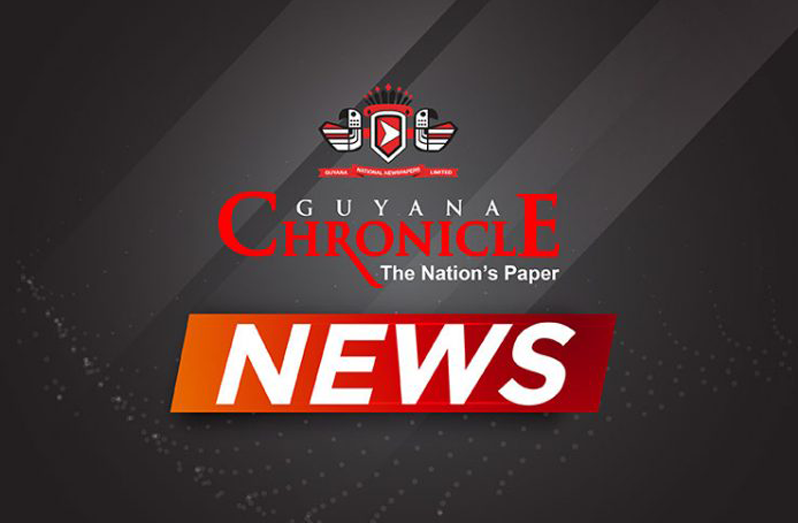THE Guyana Reparations Committee has hailed the new government’s initiative to accelerate the land-titling programme for Indigenous peoples, but is also pressing the administration to look into the interest of African Guyanese.
Under the auspices of UNDP, and using Norway Funds, this exercise is scheduled to be completed by October this year. It will be a welcome conclusion of the work championed by Stephen Campbell, who had visited the Queen just prior to Independence with support and advocacy of the Catholic Church and the then business community. Today the Amerindian Act gives our Indigenous Peoples — the 9 Nations that exist — 13.8% of Guyana.
The cycle is completed for our 50th Anniversary.
Noting that land is wealth, the committee said it is the basis of generational wealth-creation. “Just ask Israel. This seems to explain why land-grabbing is the new contact sport in Guyana. We have seen the millions of acres granted by the last Government to Chinese and Indian foreign firms at often rock bottom prices of US$.12 ½ cents per hectare (yes, per hectare) for 50 to 99 years.
Of course the new Government and various boards are investigating this incredible land grab, supported and often sponsored by the previous Government. We should soon learn more of this “festival of greed, corruption and criminality”, which in some corners continues unabated in many shapes and forms. We have found out, for example, that 30 families/
individuals control 80% of our mining concessions. Landlordism is in vogue for the already rich. This is quite extraordinary and quite wrong.
The committee, chaired by Dr Eric Phillips, said egregious greed seemingly has no bounds, as some of these same individuals are collecting agricultural lands as if it is going out of style. The committee had committed to providing information to the Government of Guyana (including the Opposition) for their claim of lands for reparatory justice and social cohesion in Guyana.
The committee said there are three historical reasons why this claim has legal validity. First: history has recorded that enslaved Africans who arrived in Guyana in the mid-17th century, and were in Guyana for 100 to 200 years before the Wai-Wais and Wapishana nations, cleared 15,000 square miles, or 18% of Guyana, and lost 450,000 lives to genocide during their enslavement. “Slavery was and is a crime against humanity” (United Nations Durban Declaration) and hence reparatory justice is being sought from the Government of Guyana, the inheritors of the land from the British. Justice dictates that if Indigenous peoples in Guyana can receive land for being here “first”, then Africans, who were here before the Wai-Wais and Wapishanas, should be legally entitled to land. The Wai-Wais arrived in Guyana from Brazil in the 19th century, while the Wapishanas arrived from Brazil in the 18th century (information gathered from Walter Roth Museum of Anthropology and the Guyana Reparations Committee).
The current 300 Wai-Wais who populate Guyana now have one million acres under their stewardship. Recently, the Wapishanas, who comprise less than 10,000 people in Guyana, made news by claiming an additional 10% of Guyana beyond the 13.8% already in the Amerindian Act.
Secondly, the committee said, enslaved Africans built Guyana. “History has also recorded and forgotten that (Guyanese) Africans had driven back the sea, and had cleared, drained and reclaimed 15,000 square miles of forest and swamps. This is equivalent to 9,000,000 acres of land. In short, all the fields on which the sugar estates are now based were cleared, drained and irrigated by African labour forces. All the plantations, now turned villages and cities, were built by unpaid African labour. In the process of building these plantations, careful research has shown, Africans installed the following:(a) 2,580,000 miles of drainage canals, trenches and inter-bed drains; (b) 3,500 miles of dams, roads and footpaths, and (c) 2,176 miles of sea and river defence.
The Venn Commission also reported that “to build the coastal plantations alone, a value of 100,000,000 tons of earth had to be moved by the hands of African slaves (without machinery).”
According to the committee, the entire economy of Guyana in 1838 was created by enslaved Africans, whereas our Indigenous brothers and sisters were living nomadic lives. “Justice dictates that Africans should be given lands for clearing 18% of Guyana and providing free labour for over 200 years, while indentured servants who came after them were paid and given lands.”
Thirdly, according to the committee, the last 25 years have seen foreign firms receiving huge swaths of land at giveaway prices, while Africans have received none. Any Government or people interested in social cohesion, equity, equal access, economic and social justice…would take immediate steps, in our 50th anniversary year, to grant lands to Africans for the massive and unparalleled contributions that have made to Guyana. To begin this process, the Government of Guyana should immediately freeze the granting of land leases to anyone, local or foreign, until the reparatory land issue is addressed.



.jpg)









